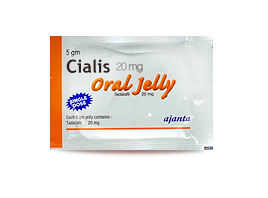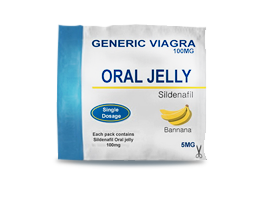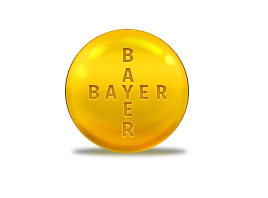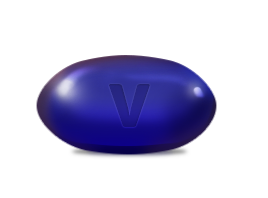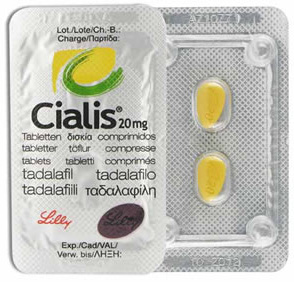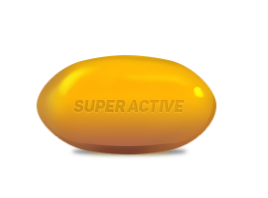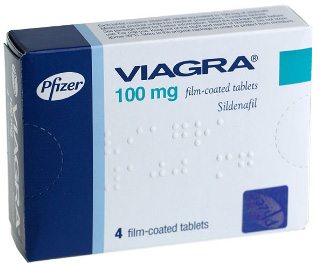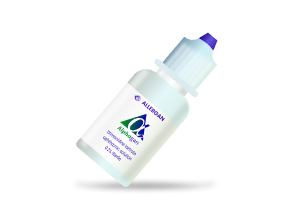
Alphagan is a medicine used to treat the symptoms of Elevated Intraocular Pressure and Ocular Redness. Alphagan may be used alone or with other medications.
Alphagan belongs to a class of drugs called Antiglaucoma, Alpha Agonists.
It is not known if Alphagan is safe and effective in children younger than 2 years of age.


| Package | Per pill | Total price | Save | Order |
|---|---|---|---|---|
| 5 x 1 Bottles | $46.85 |
$46.85
|
- | Add to cart |
| 5 x 2 Bottles | $39.18 |
$78.35
|
$15.34 | Add to cart |
| 5 x 4 Bottles | $35.34 |
$141.37
|
$46.04 | Add to cart |
| 5 x 8 Bottles | $33.43 |
$267.42
Free Trackable Delivery
|
$107.36 | Add to cart |
| 5 x 16 Bottles | $32.47 |
$519.50
Free Trackable Delivery
|
$230.08 | Add to cart |
Your order will be packed safe and secure and dispatched within 24 hours. This is exactly how your parcel will look like (pictures of a real shipping item). It has a size and a look of a regular private letter (9.4x4.3x0.3 inches or 24x11x0.7cm) and it does not disclose its contents



Drug uses
ALPHAGAN® P (brimonidine tartrate ophthalmic solution) 0.1% or 0.15% is an alpha adrenergic receptor agonist indicated for the reduction of elevated intraocular pressure (IOP) in patients with open-angle glaucoma or ocular hypertension.
Overdosage
Very limited information exists on accidental ingestion of brimonidine in adults; the only adverse reaction reported to date has been hypotension. Symptoms of brimonidine overdose have been reported in neonates, infants, and children receiving ALPHAGAN® P (brimonidine tartrate) as part of medical treatment of congenital glaucoma or by accidental oral ingestion. Treatment of an oral overdose includes supportive and symptomatic therapy; a patent airway should be maintained.
Storage
Store at 15° - 25°C (59° - 77°F).
Safety information
Warnings
Potentiation of Vascular Insufficiency ALPHAGAN® P (brimonidine tartrate) may potentiate syndromes associated with vascular insufficiency. ALPHAGAN® P (brimonidine tartrate) should be used with caution in patients with depression, cerebral or coronary insufficiency, Raynaud's phenomenon, orthostatic hypotension, or thromboangiitis obliterans.
Disclaimer
The information on this page is not intended to be a substitute for professional medical advice. Do not use this information to diagnose or treat your problem without consulting your doctor.
Side effects
Because clinical studies are conducted under widely varying conditions, adverse reaction rates observed in the clinical studies of a drug cannot be directly compared to rates in the clinical studies of another drug and may not reflect the rates observed in practice.
Adverse reactions occurring in approximately 10-20%of the subjects receiving brimonidine ophthalmic solution (0.1-0.2%) included: allergic conjunctivitis, conjunctival hyperemia, and eye pruritus. Adverse reactions occurring in approximately 5-9% included: burning sensation, conjunctival folliculosis, hypertension, ocular allergic reaction, oral dryness, and visual disturbance.
Adverse reactions occurring in approximately 1-4% of the subjects receiving brimonidine ophthalmic solution (0.1-0.2%) included: abnormal taste, allergic reaction, asthenia, blepharitis, blepharoconjunctivitis, blurred vision, bronchitis, cataract, conjunctival edema, conjunctival hemorrhage, conjunctivitis, cough, dizziness, dyspepsia, dyspnea, epiphora, eye discharge, eye dryness, eye irritation, eye pain, eyelid edema, eyelid erythema, fatigue, flu syndrome, follicular conjunctivitis, foreign body sensation, gastrointestinal disorder, headache, hypercholesterolemia, hypotension, infection (primarily colds and respiratory infections), insomnia, keratitis, lid disorder, pharyngitis, photophobia, rash, rhinitis, sinus infection, sinusitis, somnolence, stinging, superficial punctate keratopathy, tearing, visual field defect, vitreous detachment, vitreous disorder, vitreous floaters, and worsened visual acuity.
The following reactions were reported in less than 1% of subjects: corneal erosion, hordeolum, nasal dryness, and taste perversion.
Cialis is a latest medicine for treatment of disturbances of erection at men. Cialis feature is its high-speed performance (30 minutes) and a long-term effect (up to 36 hours). In this regard you can choose the moment which is most suitable for sexual intercourse, having accepted a drug in advance. It is possible to take Cialis in the morning and to be ready even next day. Active ingredient - Tadalafil, the recommended dosage - 20 mg.

Viagra Professional - Advantage of Professional Viagra from usual Viagra is that it works twice longer (6 - 8 hours) and has a stronger effect. Strengthens desire, improves brightness of sexual feelings and increases duration of sexual intercourse.
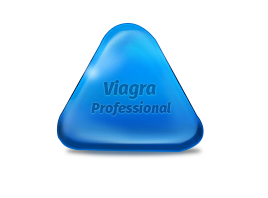
Viagra - Active ingredient - Sildenafil, 100 mg. Effect of "Viagra" is based on significant increase of blood stream to penis. Begins to work in 30 minutes, the effect lasts for 4-5 hours. Most of men can take this generic viagra every day. Millions of men worldwide cannot be mistaken, choosing Viagra!
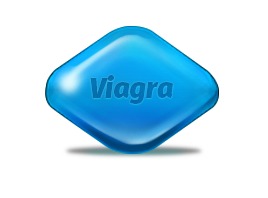
Cialis Professional - effective tablets for improvement of erection. They begin to work in 15 minutes from the moment of taking and actions for 36 hours. They can cause not less than 10, but no more than 16 erections. The medicine increases duration of sexual intercourse. The tablets are successfully used for reduction of time for recovery of erection after ejaculation.
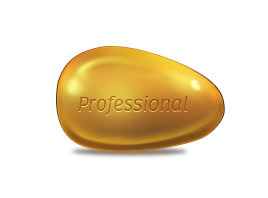
Viagra - Active ingredient - Sildenafil, 100 mg. Effect of "Viagra" is based on significant increase of blood stream to penis. Begins to work in 30 minutes, the effect lasts for 4-5 hours. Most of men can take this generic viagra every day. Millions of men worldwide cannot be mistaken, choosing Viagra!

Viagra Professional - Advantage of Professional Viagra from usual Viagra is that it works twice longer (6 - 8 hours) and has a stronger effect. Strengthens desire, improves brightness of sexual feelings and increases duration of sexual intercourse.







